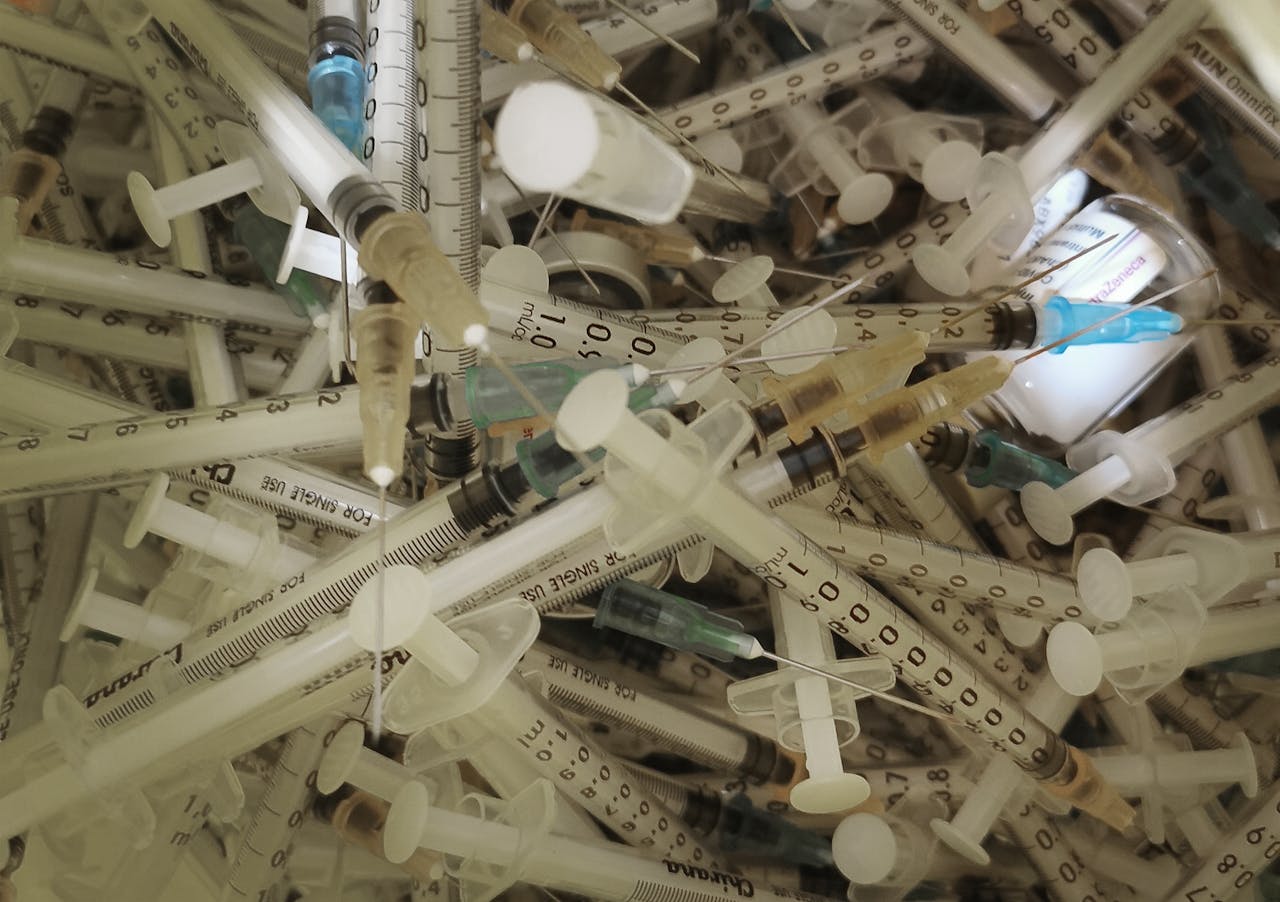
Proper medical waste segregation is of the utmost importance in healthcare settings as it ensures safety, regulatory compliance, and environmental sustainability. By failing to correctly sort your waste, you can accidentally create safety hazards and be on the hook for fines or higher costs. By learning how to handle medical waste with caution, though, you can avoid this issue.
Two of the most common types of medical waste are red bag waste and sharps waste. Both may contain potentially infectious materials, but they have unique and distinct requirements for disposal. Break down what qualifies as red bag waste and what falls under sharps waste in order to properly dispose of each to maintain a safe and compliant work environment.
What is Red Bag Waste?
Red bag waste, sometimes called biohazardous waste, includes any soft medical waste that is contaminated with blood, bodily fluids, or other potentially infectious materials. It gets its name of ‘red bag waste’ from the designated red biohazard bags that the items can be stored in which are leak-proof and approved for handling. Some common examples of red bag waste include:
All of this waste is regulated under the Occupational Safety and Health Administration and must be treated and disposed of properly to prevent the spread of infectious diseases. The improper disposal of red bag waste can expose everyone from healthcare workers to patients to a slew of harmful pathogens. This is why it often results in regulatory penalties if you are caught.
What is Sharps Waste?
Sharps waste, on the other hand, consists of any object that can puncture or cut the skin and has been used in a medical setting. Unlike the former type of waste, sharps waste must be placed in FDA-approved sharps containers that are puncture-resistant and clearly marked for biohazard disposal. If you’ve ever had blood drawn you may have noticed one of these containers being used to dispose of the needle that was used on you. Other common examples of sharps waste include:
Sharps are arguably one of the most dangerous types of medical waste because they can cause needlestick injuries. This can expose people to diseases such as HIV, Hepatitis B, and a variety of other bloodborne diseases. Properly disposing of sharps in designated containers will help to prevent workers, patients, and waste handlers all from accidental exposure.
Best Practices for Proper Segregation and Disposal of Waste
To maintain a safe and compliant medical waste disposal process, all healthcare facilities should follow the below best practices:
Keep healthcare workers safe through waste segregation
By using the correct containers at your business, training your staff, and following all regulations, you can reduce the likelihood of exposure incidents with waste. Always consider working with a licensed provider who can keep your waste management process efficient and legally compliant if you are unsure of the policies that you need to follow.